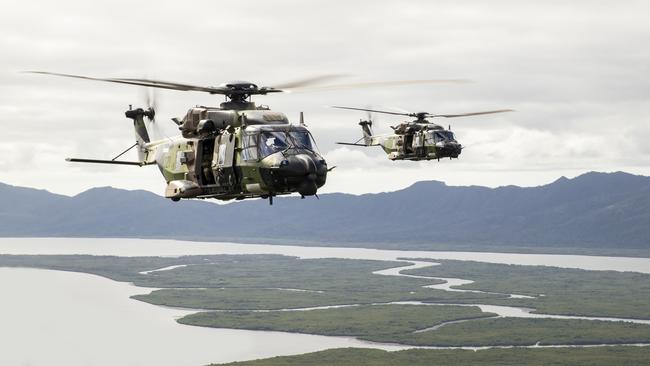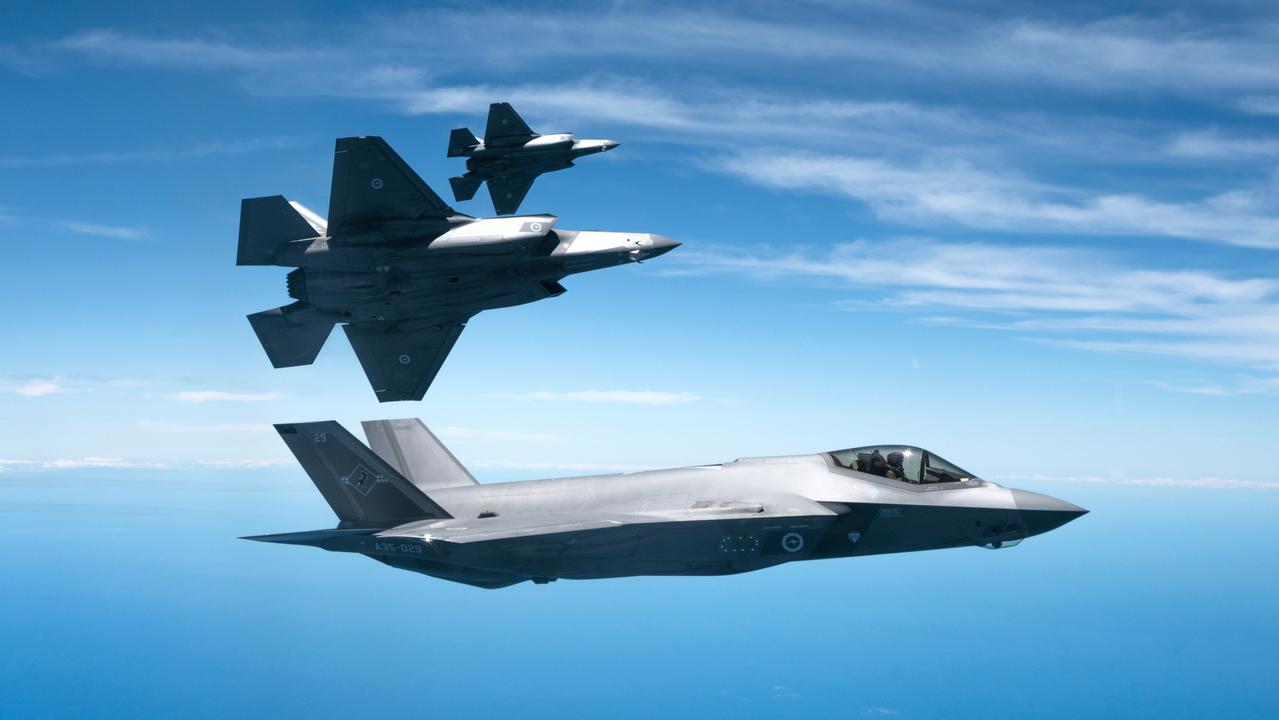Taipan helicopters gone but not forgotten
Defence and the government might have tried to dismantle the entire MRH90 Taipan fleet in secret, but information keeps dribbling out.

Defence and the government might have tried to dismantle the entire MRH90 Taipan fleet in secret, but information keeps dribbling out.
Thanks to European and US sources, we now know that Australia’s 45 twin-engine 5th generation helicopters have been broken up into 4000 parts – of which 300 have so far been received by prime contractor NHI.
According to chief executive, Axel Aloccio, the pool of spares harvested from Taipans is worth €250m ($406m). However, multiple Australian industry sources familiar with the matter say that Defence will be lucky to receive a small fraction of that – if anything. This is because once the costs of dismantling, cataloguing, transport, storage, refurbishment and eventual resale are calculated, there won’t be much left over.
For second-hand parts to be used in military aircraft, most must be returned to new condition for flight safety reasons. This can be done, but it’s not cheap.
The situation is further complicated by the fact that some components need to be overhauled based on hours used, while others require calendar maintenance – so even if the parts are sitting in a warehouse, they still need to be checked, and the software updated.
The decision to destroy the fleet – Defence prefers to say disassemble – was justified at the time as being the best value for the Australian taxpayer. Asked for a comment now, a Departmental representative declined to provide any information about the sale of spares, citing commercial confidentiality. What is commercially sensitive is unclear.
Related to this, on September 13, Defence Minister Richard Marles tabled a Defence investigation into the highly publicised ditching of a Taipan in Jervis Bay in March last year.
The government used the incident, which was widely publicised, to cast further doubt on the safety and reliability of the helicopters. This negative impression helped justify the $3bn purchase of replacement UH-60M Black Hawks.
Only the redacted seven-page executive summary of the report has been made public because – in the words of the minister – of potential legal implications for the ongoing investigation into the fatal crash of another Taipan near Lindeman Island in July last year.
It concluded that while the root cause of the Nowra incident was the failure of a high-pressure turbine blade in one engine, that situation should have been recoverable, but for other factors such as pilot error and poor training.
These features made the situation far more dangerous than it should have been, especially as the helicopter was carrying four clearance divers at very low level as part of a training exercise.
Accident investigations are typically complex, but fundamentally one of the two pilots did not realise that the damaged helicopter had automatically climbed to a height of 9m above the sea surface when he mistakenly shut off the functioning engine.
Most users other than Australia have found Taipans – part of the NH90 family of helicopters – to be exceptionally safe.
However, some have made consistent complaints about the unavailability and high cost of spare parts.
Norway has tried to return their 14 anti-submarine warfare variants; NHI has counterclaimed, and the case is due to go to court in 2025.
On the other side of the ledger, The Netherlands has ordered six more of them. They are in series production with more than 500 having been built and more orders expected, especially from the Middle East. A number of countries are upgrading their fleets, including New Zealand, which successfully operates eight of them.
No other users are believed to have reduced their helicopters to a pile of spare parts.


